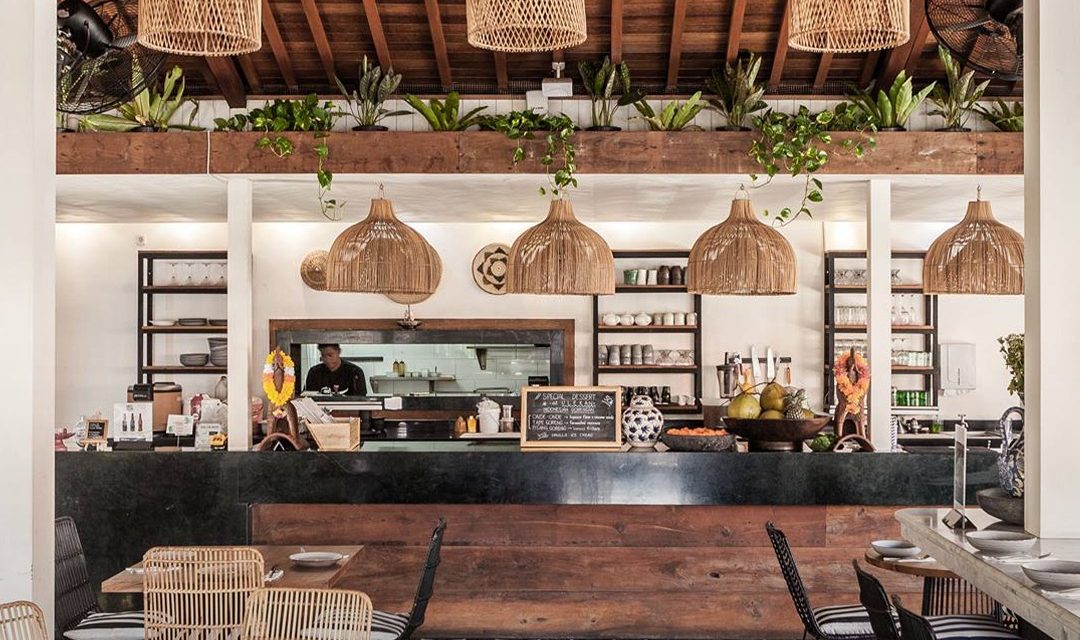Bali is more than just a tropical paradise with stunning beaches and vibrant rice paddies; it’s a cultural gem filled with rich traditions and culinary delights that tell the story of its history and people. As I wandered through the island, I was not only captivated by its breathtaking landscapes but also by the tantalizing aromas wafting from local kitchens. In this article, I’ll share my experiences, insights, and some practical advice on exploring Bali’s traditional culture through its food and cuisine.
The Heart of Balinese Cuisine
Balinese cuisine is deeply intertwined with the island’s culture and spirituality. Food here is often created as part of ceremonial offerings, which puts an interesting and meaningful spin on everyday eating. As I sat at a small warung (local eatery) in Ubud, I couldn’t help but notice how each dish was prepared with love and care. The locals believe that food carries energy, and this connection to their spirituality influences their culinary practices.
Cooking Techniques and Ingredients
The traditional cooking methods in Bali are fascinating. Many dishes are prepared using techniques passed down through generations. For example, I had the chance to participate in a cooking class in a Balinese kitchen. We used a mortar and pestle to grind spices for a dish called *Bebek Betutu* (slow-cooked duck), a dish infused with flavors that dance on the palate. The whole experience reminded me of my grandmother’s kitchen, where the art of cooking was a family affair.
Balinese cuisine is known for its bold flavors, primarily derived from a range of spices. Ingredients like lemongrass, turmeric, ginger, and shallots come together to create dishes that are both savory and aromatic. When I secured a seat at a bustling night market in Seminyak, I tried *Nasi Campur*, a plate of rice accompanied by a variety of small portions of different dishes. Each spoonful was a delightful surprise, from the tender chicken satay to the spicy sambal.
Iconic Dishes You Must Try
Exploring Bali’s traditional food inevitably leads you to some iconic dishes:
1. Nasi Goreng
Probably Indonesia’s most famous dish, *Nasi Goreng* is fried rice seasoned with sweet soy sauce, garlic, shallots, and often served with a sunny-side-up egg on top. It’s comfort food at its finest! I had a delicious version on the beach at Kuta one evening, watching the sunset. It reminded me of my late-night college meals, only infinitely better!
2. Sate Lilit
These spicy minced meat skewers are unlike any satay you’ve had before. The meat, often fish or chicken, is mixed with grated coconut, spices, and wrapped around bamboo sticks. I tried my first *Sate Lilit* during a community festival where everyone was grilling and sharing food. The communal spirit added a level of joy to the meal that was unforgettable.
3. Lawar
This traditional salad is a blend of vegetables, coconut, and minced meat, seasoned with numerous spices. It’s a dish that truly represents Balinese culture’s complexity and richness. While sharing a meal with a local family in their home, I tasted a particularly fresh version that used ingredients from their garden. It was a true celebration of local flavors!
4. Babi Guling (Suckling Pig)
This dish is a culinary rite of passage in Bali. Traditionally served at ceremonies, it consists of whole roasted pig filled with spices and served with rice. I was lucky enough to be invited to a wedding where the main dish was *Babi Guling*. The crispy skin and tender meat created a feast that I’ll always cherish.
The Importance of Food in Balinese Culture
Food in Bali isn’t just for sustenance; it’s a vital part of social customs and rituals. Every meal can feel like a celebration. On my last night in Bali, I attended a *Mepantigan* dinner—a traditional Balinese culinary practice where families gather to prepare and enjoy food. The experience was filled with laughter, storytelling, and the shared joy of cooking together.
Practical Tips for Enjoying Balinese Cuisine
If you’re planning a trip to Bali and want to truly dive into the traditional food scene, here are some practical tips:
1. Join a Cooking Class: This is an excellent way to learn about local ingredients and prepare a meal guided by a local chef. Trust me; it’s a fun experience that you will recount for years.
2. Visit Local Markets: Explore traditional markets like Ubud Market or Badung Market in Denpasar. Here, freshness and variety meet vibrant local life. Don’t hesitate to chat with vendors; they love sharing their stories.
3. Don’t Be Afraid to Try Street Food: From *Nasi Campur* to sweet treats like *Klepon* (glutinous rice balls filled with palm sugar), street food is often the true essence of local cuisine. Just ensure you pick places that are popular with locals for the best experience.
4. Participate in Ceremonial Feasts: If you can, try to attend a local ceremony. Many times, food is a communal aspect that gives outsiders a glimpse into Balinese culture.
Final Thoughts
Bali’s traditional food and cuisine offer a flavorful journey through its culture, history, and community. Every bite is a story, and every meal is a celebration of life and tradition. Whether you’re cooking with locals, sharing a meal in a bustling warung, or simply enjoying the vibrant flavors of a dish you’ve ordered, be prepared for an authentic experience that connects you deeply to the island.As I reflect on my time in Bali, the memories of food remain etched in my mind as sweet reminders of connection, community, and culture. Go on this culinary adventure; you won’t regret it!






